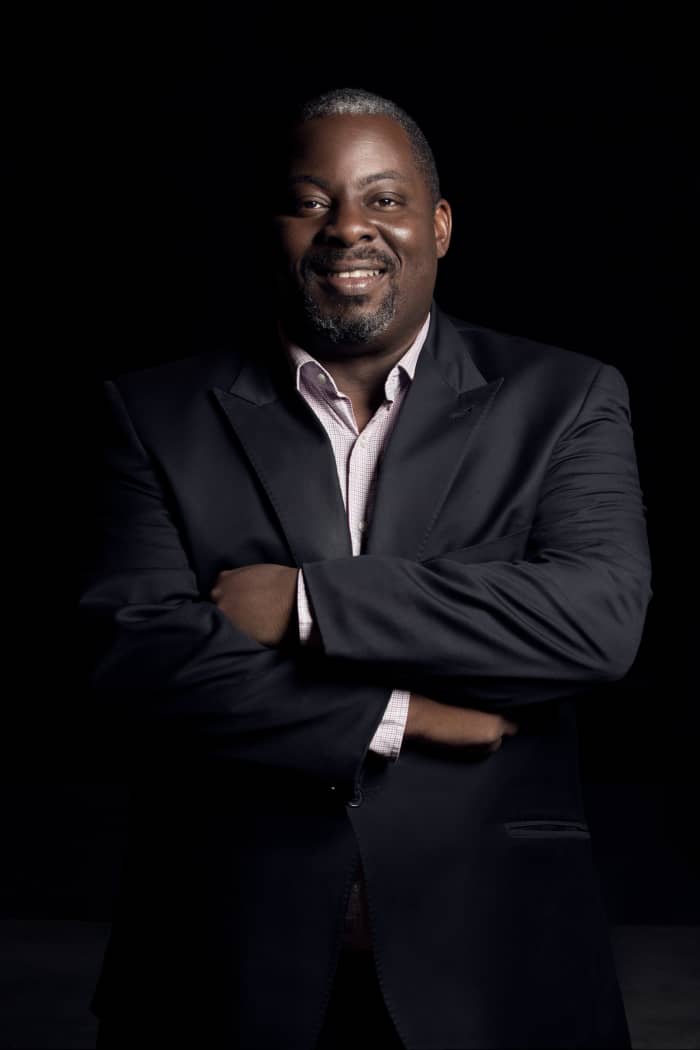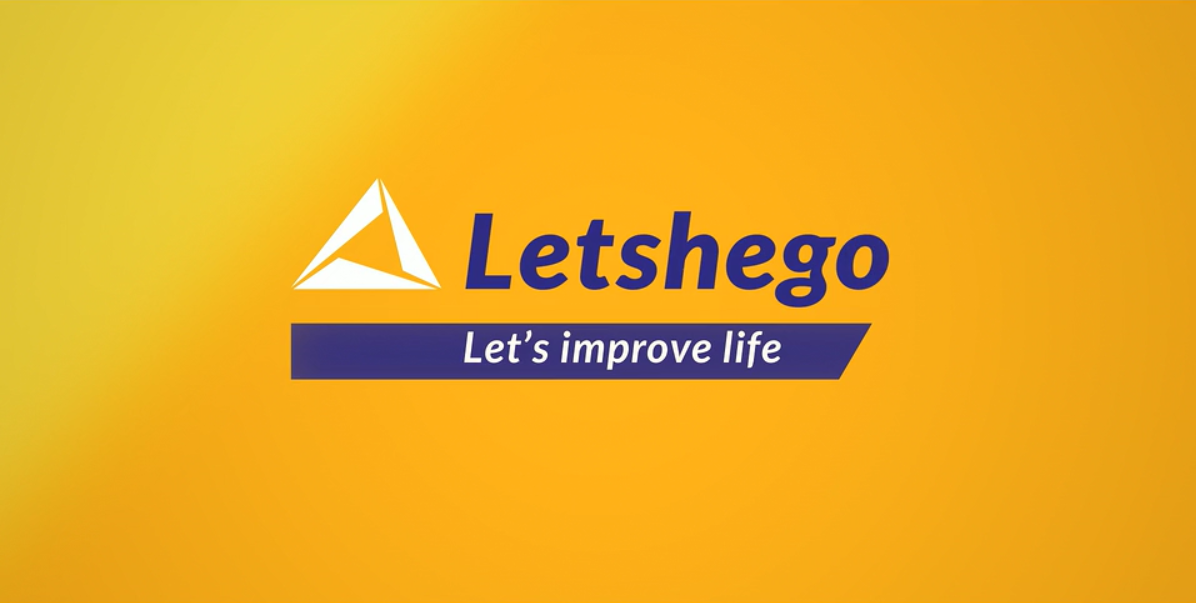By Eunice Nze-Peters
Rational humans needs suggestions or references to remember and recall a thing, idea, product or personalities and we therefore do those referencing by association with words or numbers or name or combination of some or all the above.
In the ‘world of marketing’ there is nothing that cannot be branded. It does not matter the ‘school of marketing’ one may belong to, anything and everything can be branded. Awoism, water, egg, even air have been branded.
Brand strategist Steven Mason says, “To say you can’t brand something is to say it has no attributes. But anything without attributes is an epistemological nullity, for even the idea of something without attributes is itself a ‘something’ that has attributes.”
It’s a delight for the Nigerian marketing community that for the first time in Nigeria, the concept of dry construction system is now branded, christened Dryco
Beyond the innovative and bold step of branding the construction product, there is the added responsibility of aligning the new product to the existing portfolio of established brands that hitherto defines the existing business, both assignments that Le Bris has just accomplished at Nigerite Plc.
Lebris and his team must have the Russian American mathematician, Igor Ansoff and his matrix strategically engraved in their heart, trying to make sense out of the current Nigeria macro marketing environment and Nigerite’s growth strategy as they apply his famous Ansoff Matrix to develop their new Dryco brand to fit the existing market and simultaneously reduce the degrees of risk associated with moving their organization forward.
Ansoff’s matrix suggests four alternative marketing strategies that hinges on whether products are new or existing and whether a market is new or existing, and within each strategic option there is a differing level of risk and different growth potential.
Of the Ansoff’s four options of market penetration, product development, market development or diversification, choosing product development strategy grants Nigerite the latitude to develop a new product (total building product), in the existing building value chain and align it seamlessly with their existing roofing and ceiling businesses which is a subset of the new product, Dryco.
In a case study close to this innovative marketing strategy of Nigerite is the 1940’s Donald Shepherd company, Portakabin. The company, through research found that “there was a gap in the market as there was no one single supplier that could offer a complete working environment total solution, that provides environmentally friendly air conditioning, ramps and steps, cables, plugs, security systems, furniture and blinds, hence the modern relocate-able Portakabin brand.

Frank LeBris, MD, Nigerite PLC
Frank Le Bris, the managing director of Nigerite Plc and his marketing team made history in building construction and housing sector when the company unveiled the new brand of dry construction system at a media event recently. The Dryco brand targets the hydra headed challenges of housing deficit, shortage of building professionals and incessant building collapses in Nigeria.
The problem of housing deficit may not be limited to developing countries alone, but it is more pronounced. Few months to the 2014 World Cup, three buildings collapsed in one day in the centre of Rio de Janeiro.
China is not left out in this case, reports reveal that buildings are constructed at startling low standards in the race to accommodate millions of urbanizing immigrants. India is not much better off as there has been several collapses in Mumbai in a recent report, killing a total of about 60 people.
African nations, especially Nigeria also experience buildings collapses within the nation’s commercial capital, Lagos, recording the highest collapse rates in the entire country. Between 2007 and 2012 alone, there were 130 reported cases of collapsed buildings. This number has recently increased sharply as about 135 buildings were reported to have collapsed in 2013 alone, averaging about three houses per week.
These disaster stems from hasty constructions as buildings are erected ‘overnight’ (or so to say) to accommodate the city’s rapidly increasing urban population. In the rush to solve these worsening housing deficits, builders, contractors and supervisors cuts corners; regulatory officials are compromised resulting in low-quality material usage and resultant building disaster.
The regulation of such an environment is a challenge for authorities, and is proving particularly difficult for the Lagos State Building Control Agency and the Ministry of Physical Planning and Urban Development.
In response, recently, the Lagos State government adopted the use of dry construction technology for the building of the proposed 1008 units Ijora Badia housing project. The system is being used as a test-run in a bid to promote efficiency and cost effectiveness in the state’s quest for mass housing delivery.
The dry construction system is based on minimal usage of water and sand, focusing on reinforced concrete, boards and metallic structures that are assembled as prefabricated houses. The finished works include assembled partitions, suspended ceilings and raised floor systems.
While highlighting the numerous advantages, Gov. Fashola says, “Traditionally, it takes about one person a day or more to lay about 100 blocks. With this system, one can do a thousand blocks a day, gaining 10 times more efficiency”.
The Managing Director of Nigerite Plc, Mr. Franks Le Bris, has disclosed that building collapse goes beyond the technology of construction. He identified corruption, lack of skill and in-appropriate professional supervision as some of the factors that affect the collapse of buildings especially in cities like Lagos.
“With the new but innovative building solution that was introduced to the Nigerian market by Nigerite, the chances of having these shortcomings are nil because it is an engineered process and there is no opportunity to change the standards. Dryco gives a lot of mileage in that regard because you cannot cut corners with it”, Lebris said.
He added that durable and affordable housing for all may soon be achieved if the federal, state and private property developers embrace the new building and construction system. With a disappearing capital expenditure profile against recurrent expenditure in 2014 and years to come, the falling crude oil prices, the construction industry in Nigeria is under pressure to come up with cost efficient system of construction.
The Lagos State Commissioner for Housing, Mr. Bosun Jeje could not agree less with LeBris when he stated that the need to bridge the housing gap within the shortest possible time, informed the state’s direct investment and involvement in the construction of houses.
“One of the main challenges of mass housing development in this part of the world is the issue of project cost, standard of job delivery and time constraint. There is the urgent need for us to find ways of reducing cost, maintain standard, build functional and sustainable structures with dignifying aesthetic finishing, yet deliver within the shortest time, he said.
Nigerite’s Head of Dry Construction Business Unit, Mr. Wale Ogungbe told newsmen that Dryco has the least construction challenges because it was designed using software which considers wind load and water load amongst other things. Ogungbe says it is time tested and trusted in other parts of the world like Indonesia, Europe, Asia and South America, saying, “In the event of earthquake or any other natural disaster, dry construction leaves little or no casualty unlike the traditional wet construction”.
On affordability, Ogungbe added that dry construction says that all things been equal, it is cheaper to go dry rather than wet construction and in mass housing (like estate projects), dry construction is a huge money saver.
Explaining the comparative advantages of dry construction over wet construction, Head of Department, Department of Estate Management, University of Lagos, Professor Timothy Nubi said apart from the fact that the method will lead to reduction in wastes, it offers design freedom combined with comprehensive technological and infrastructural costs, adding that in this construction process, building products and processed materials are transferred directly to the building site, which means less technical and logistical costs.
Having invested up to two billion naira on dry construction facilities, Nigerite has also held over 200 trainings for artisans and industry professionals. “Nigerite has put all measures in place, from raw materials, machinery, personnel and training to introduce this avant garde building solution to Nigerian market in the second quarter of 2015. To say the least, we have all it takes to take the industry into the next level”.
Speaking on awareness creation for Dryco brand, Nigerite’s Marketing Manager, Mr. Abayomi Lawal said the company would deploy all channels of communication behind the brand.
While responding to a question, The Nigerite boss made it known that the company is not shifting from a roofing solution company for which it has been known, but it is expanding into this new area being a complementary building solution, a deepening of just offering roofing solution to complete building solution.







Comment
No comments found.